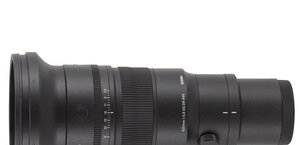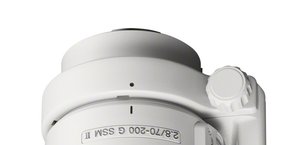Tamron 17-50 mm f/4 Di III VXD
7. Coma, astigmatism and bokeh
| Center, 17ámm, f/4.0 | Corner APS-C, 17ámm, f/4.0 | Corner FF, 17ámm, f/4.0 |
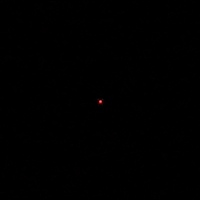
|
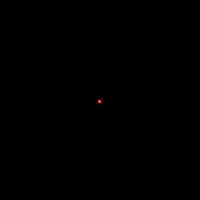
|
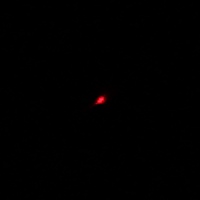
|
| Center, 33ámm, f/4.0 | Corner APS-C, 33ámm, f/4.0 | Corner FF, 33ámm, f/4.0 |
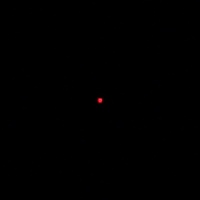
|
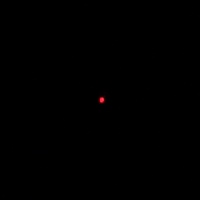
|
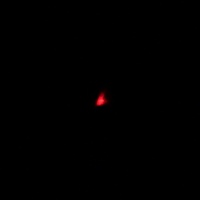
|
| Center, 50ámm, f/4.0 | Corner APS-C, 50ámm, f/4.0 | Corner FF, 50ámm, f/4.0 |
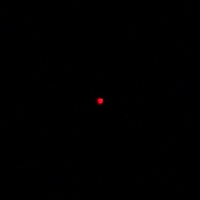
|
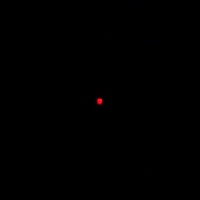
|
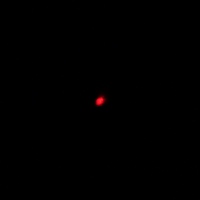
|
Astigmatism, understood as an average difference between vertical and horizontal MTF50 function values, amounted to 10.2%, a value considered by us to be a medium level. Still there are distinct differences between particular focal lengths. At 17 mm astigmatism is negligible, reaching just 3.3%, but in the 33-50 mm range it increases noticeably, approaching from time to time high levels.
Please Support UsIf you enjoy our reviews and articles, and you want us to continue our work please, support our website by donating through PayPal. The funds are going to be used for paying our editorial team, renting servers, and equipping our testing studio; only that way we will be able to continue providing you interesting content for free. |
- - - - - - - - - - - - - - - - - - - - - - - - - - - - - - - - - - - - - - - - - - - - - - - -
The appearance of defocused circles of light is sensible. Taking into account the fact that you deal here with a lens of moderately fast aperture that, additionally, is a wide angle instrument for the majority of its range, you shouldn't complain about these images too much. Of course you can mention concentric circles that most likely stem from the presence of aspherical elements in the system. It is also a nice surprise that the influence of mechanical vignetting is noticeable only at the maximum relative aperture and disappears practically completely on stopping down the aperture by 1 EV.
| Center, 50ámm, f/4.0 | Corner APS-C, 50ámm, f/4.0 | Corner FF, 50ámm, f/4.0 |
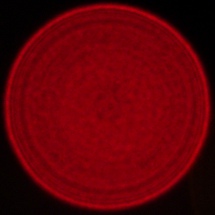
|
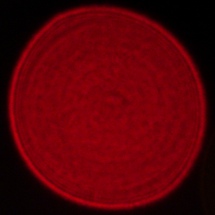
|
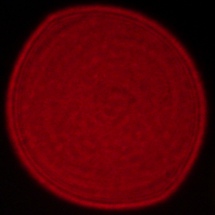
|
| Center, 50ámm, f/5.6 | Corner APS-C, 50ámm, f/5.6 | Corner FF, 50ámm, f/5.6 |
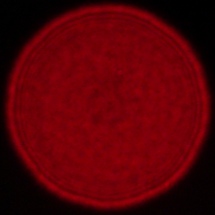
|
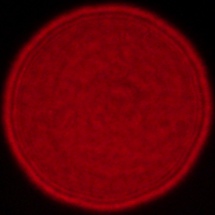
|
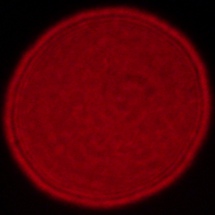
|
Center, 50ámm, f/8.0 | Corner APS-C, 50ámm, f/8.0 | Corner FF, 50ámm, f/8.0 |
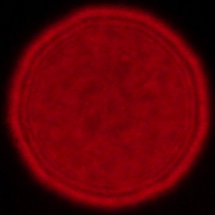
|
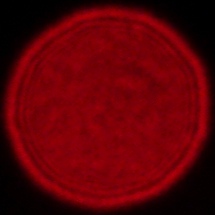
|
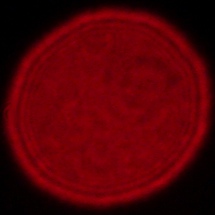
|




